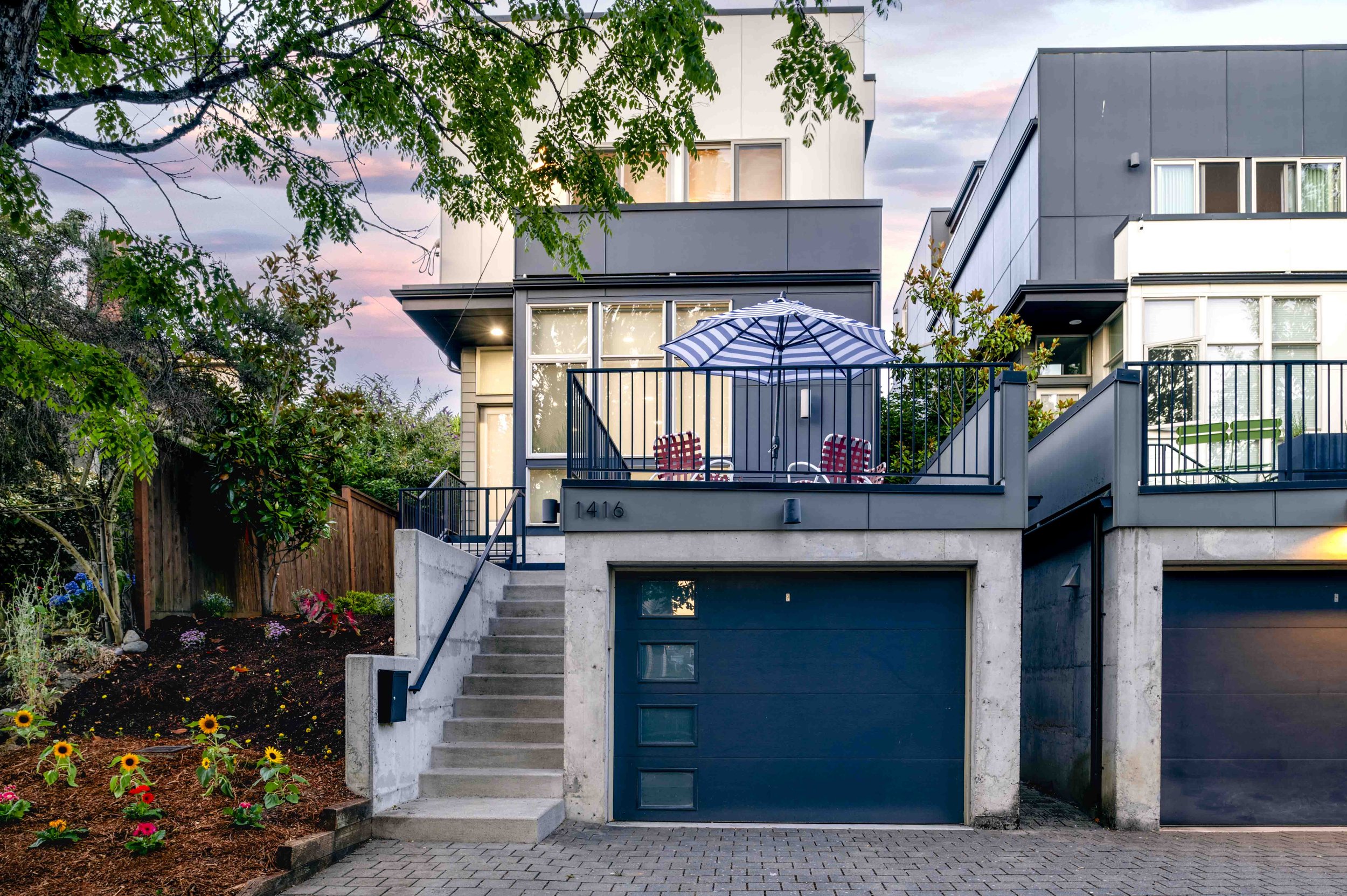The Role of Composition in Architecture Photography
Picture this: a photo that doesn’t just show a building but pulls you into its world. That’s the power of composition in architecture photography. It’s not just about angles and lines; it’s about making someone pause and think, “Now, that’s a space I want to explore.”
Let’s break down how composition turns architectural shots into striking visuals that hold attention.
Frame It Like You Mean It
A building doesn’t exist in a vacuum, and neither should your photo. Use natural frames—trees, archways, or shadows cutting across the scene—to lead the eye and set the tone.
Example: A modern skyscraper shot through the branches of a tree isn’t just a building—it’s a juxtaposition of urban life and nature that tells a richer story.
Lead the Eye
Leading lines are your secret weapon. Whether it’s a staircase spiraling upward or a pathway guiding into the horizon, these lines pull viewers into the frame and make them linger.
Pro tip: Use leading lines to give the viewer a sense of flow and purpose. It’s more than a pretty picture; it’s an invitation to step inside.
Symmetry (Or Not)
Symmetry screams order and sophistication, but breaking it can be just as compelling. Pair sleek modern architecture with a rugged, weathered facade for a contrast that demands attention.
Play With Perspectives
Want a building to feel monumental? Shoot from ground level. Want to show off its layout? Get above it. Perspective changes how a structure is perceived, so don’t be afraid to experiment.
Climbing six flights of stairs to capture a historic atrium? Worth it. Every time.
Chase the Light
Light transforms. Golden hour, stark midday shadows, or the quiet glow of dusk can completely change a building’s mood. Use it to your advantage.
A photo of glass reflecting a fiery sunset? It’s not just architecture—it’s an experience.
Wrap Up
Architecture deserves more than a quick snapshot. Whether you’re using leading lines, chasing light, or framing like a pro, composition is the difference between a photo that gets skipped and one that gets saved.






